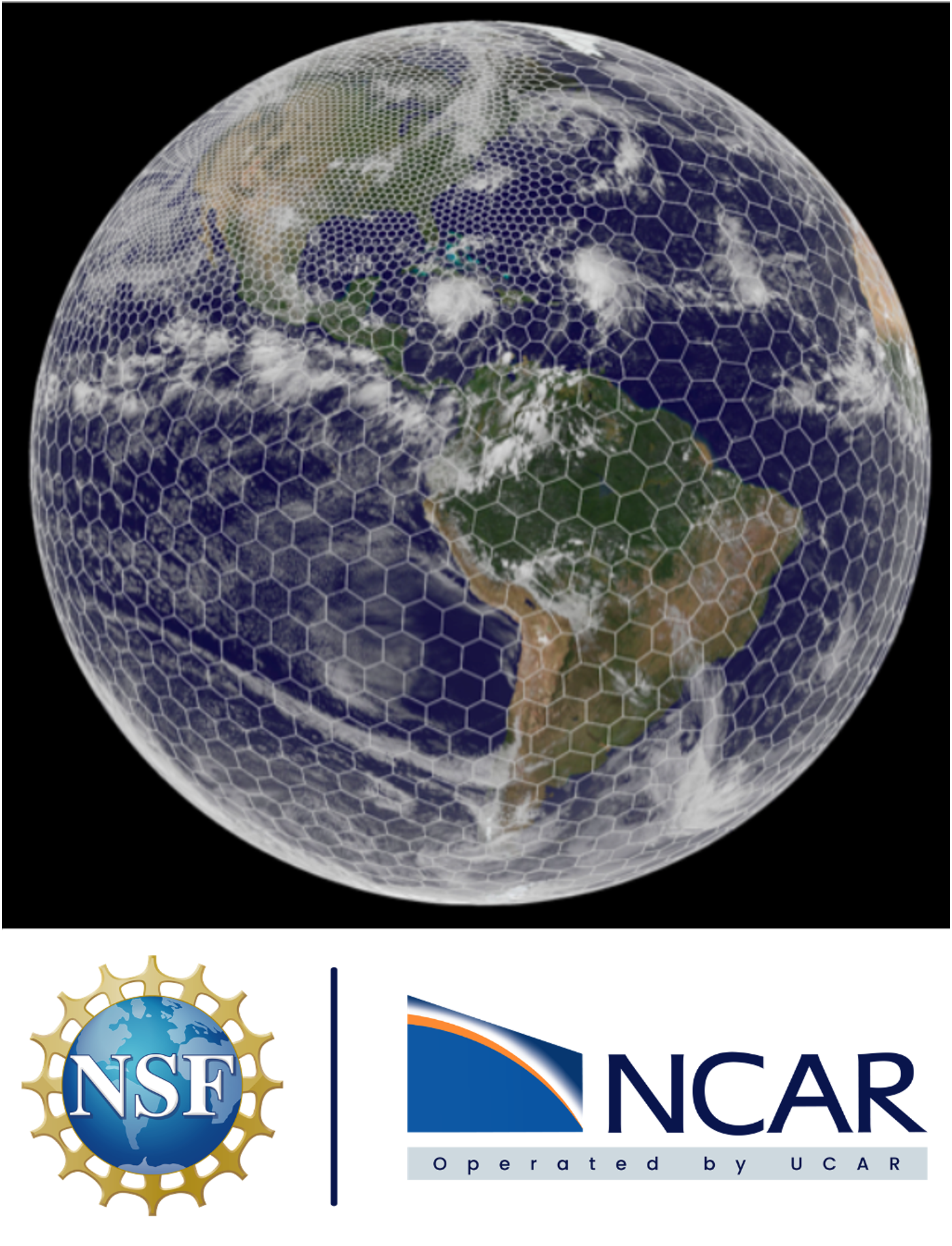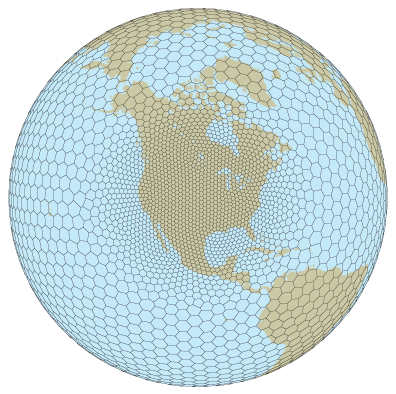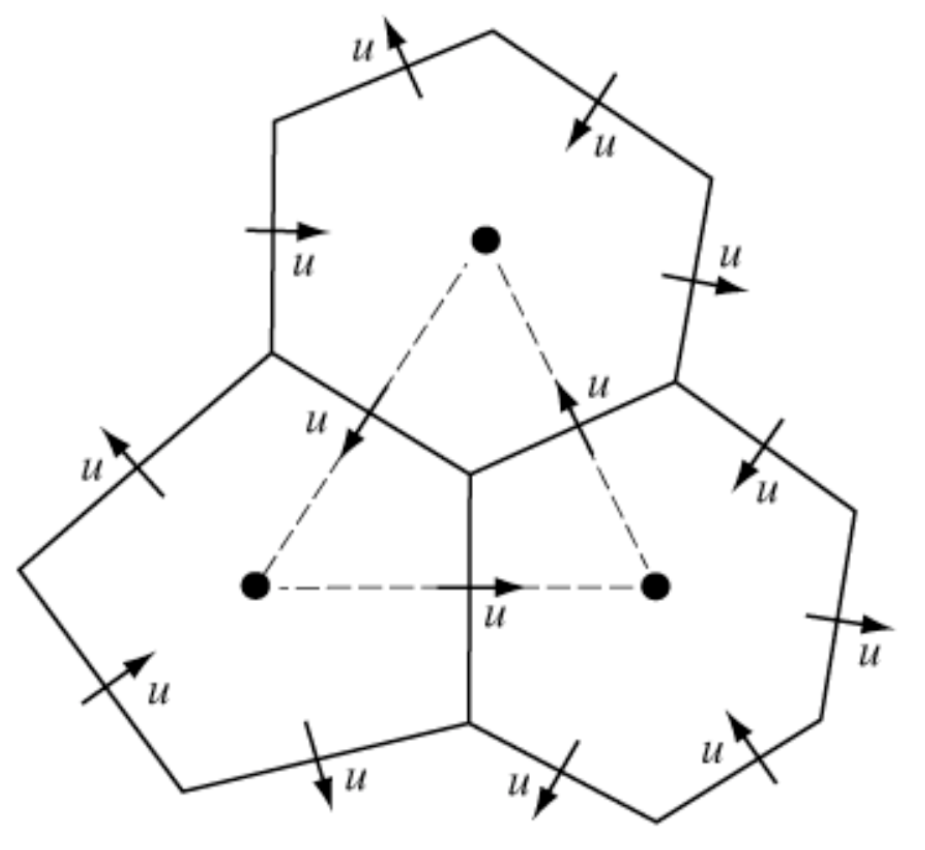In this first section of the cookbook, we would like to provide an introduction to Model for Prediction Across Scales (MPAS). Please note, instead of trying to replicate what has already been made available by the MPAS user and developer community, we will point this this cookrbook’s readers to the right direction to access such resources.

In this section, you’ll not code but learn:¶
What is MPAS?
Why MPAS?
Related Documentation¶
Prerequisites¶
| Concepts | Importance | Notes |
|---|---|---|
| Introduction to Unstructured Grids | Helpful |
Time to learn: 10 minutes
What is MPAS?¶
The Model for Prediction Across Scales (MPAS) is a collaborative project for developing atmosphere, ocean and other earth-system simulation components for use in climate, regional climate and weather studies.
The defining features of MPAS are the unstructured Voronoi meshes and C-grid discretization used as the basis for many of the model components. The unstructured Voronoi meshes, formally Spherical Centriodal Voronoi Tesselations (SCVTs), allow for both quasi-uniform discretization of the sphere and local refinement. The C-grid discretization, where the normal component of velocity on cell edges is prognosed, is especially well-suited for higher-resolution, mesoscale atmosphere and ocean simulations.
The land ice model takes advantage of the SCVT-dual mesh, which is a triangular Delaunay tessellation appropriate for use with Finite-Element-based discretizations.
Be sure to check out the MPAS home page and the References at the end of this section for further details.


Image credit: https://
Why MPAS?¶
The key features of MPAS are:
Suitability for global and regional analysis
Applicability to weather and climate research
Variable resolution
Scalability
What is next?¶
The next section will provide an overview of the The Joint Effort for Data assimilation (JEDI).